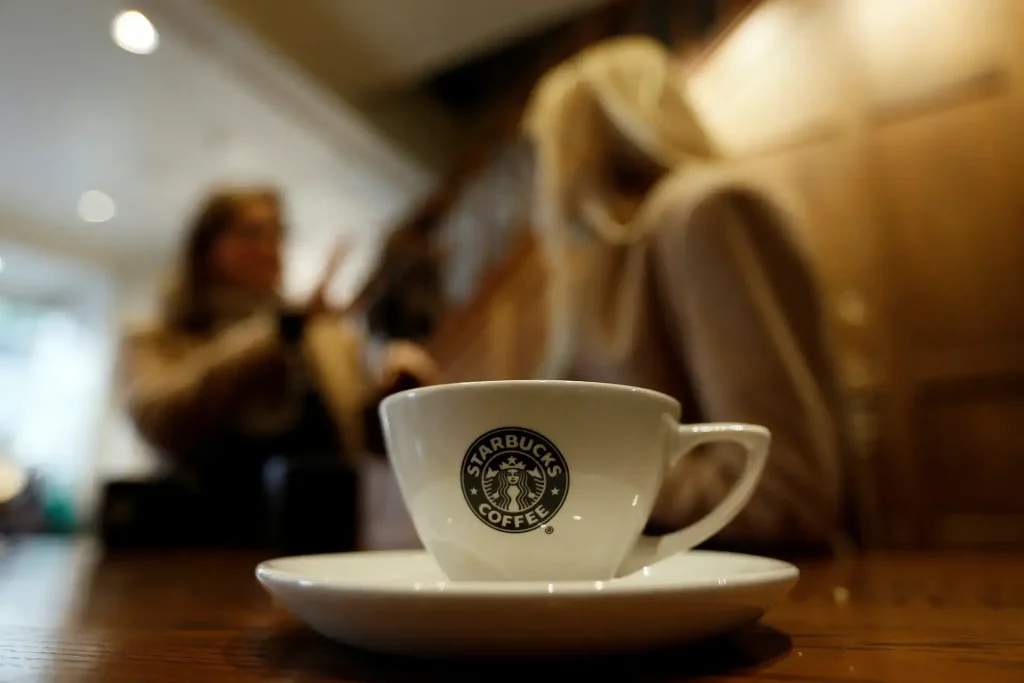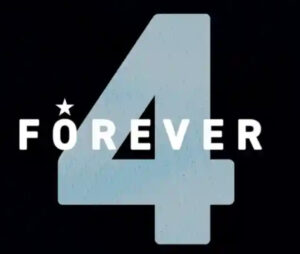For decades, Starbucks has thrived on more than just coffee — it has built a global empire by transforming a simple cup into a canvas for personal expression. From caramel drizzle zigzags to complicated cold foam add-ons, each order is a tiny act of self-definition. Now, in a bold move that blends marketing savvy and tech innovation, Starbucks has officially launched its long-fabled “secret menu” through its mobile app, turning whispered insider orders into a mainstream digital feature.
To generate excitement, the company has paired this rollout with a national contest inviting customers to design their dream drink. The grand prize? A cool $25,000 — a small fortune in latte terms and a skittish way to underscore Starbucks’ commitment to customization.
The Legend of the Secret Menu
The concept of a “secret menu” isn’t new. It’s long been a tantalizing part of the brand’s mystique. Over the years, drinks like the “Pink Drink,” the “Nutella Frappuccino,” and countless matcha mashups have become viral sensations on social media, often originating from creative baristas or adventurous customers rather than corporate headquarters.
However, these customizations came with barriers. Customers needed to memorize long ingredient lists or show a screenshot at the register, hoping the barista would understand (and not cringe). This created an insider culture that was fun but also intimidating, keeping the true breadth of Starbucks’ drink possibilities inaccessible to many.
From Underground to Mainstream: Why Now?
Starbucks’ decision to officially incorporate the secret menu into its app is a shrewd business move shaped by evolving consumer behavior. Digital orders now represent a massive portion of Starbucks’ sales, especially among Gen Z and millennial customers who prioritize speed, convenience, and individuality.
The COVID-19 pandemic accelerated this shift, pushing even more customers toward mobile ordering and digital customization. Meanwhile, social media platforms like TikTok have amplified the popularity of “drink hacks,” further proving that there’s a huge appetite for playful experimentation.
Bringing the secret menu into the app aligns perfectly with this cultural moment. It also allows Starbucks to control and standardize these custom drinks, ensuring consistency across stores and reducing confusion at the counter.
How It Works: The App Experience
The app now includes a dedicated “Secret Menu” section, showcasing dozens of popular custom creations. Each drink comes with a photo, a snappy description, and a fully built-out ingredient list.
Customers can order these exactly as designed or further personalize them, tweaking sweetness levels, milk options, syrups, and toppings. The seamless integration eliminates the awkwardness of reciting complex orders in person and empowers customers to explore new flavor profiles from the comfort of their phone.
Beyond convenience, this feature offers a sense of discovery, turning the app into a playground where users can experiment without fear.
The Contest: Gamifying Coffee Customization
To mark the official launch, Starbucks has introduced a national contest inviting customers to submit their own drink creations through the app. The grand prize winner will receive $25,000 — a substantial incentive, but also a fraction of what Starbucks might pay a consulting firm to deliver similar consumer insight.
Participants can submit detailed drink recipes, naming their concoctions and sharing the story or inspiration behind them. Starbucks will highlight top entries, encouraging community voting and engagement on social media.
The contest not only incentivizes creativity but also acts as a massive crowdsourced R&D initiative. Starbucks is effectively turning millions of customers into unpaid (and highly enthusiastic) product developers.
Matcha, TikTok, and the Power of Influence
While the prize money is alluring, the real win for Starbucks is the data. By tapping into user submissions, Starbucks gains real-time insights into emerging trends and flavor preferences.
For instance, the ongoing matcha craze is largely driven by Gen Z’s focus on wellness aesthetics and vibrant visuals, as evidenced by countless green-hued drinks trending on TikTok and Instagram. Similarly, there has been a surge in alternative milk preferences and less-sweet flavor profiles.
Instead of relying solely on market research firms or internal focus groups, Starbucks can now crowdsource these insights organically. In effect, every app user becomes a mini focus group, providing Starbucks with an invaluable pulse on what people want next.
A New Business Model for Big Coffee
This move marks a shift in Starbucks’ broader strategy. Traditionally, big food and beverage companies dictate trends top-down: a new product is developed behind closed doors, marketed aggressively, and evaluated based on sales metrics.
Starbucks’ contest and app rollout flips this approach on its head. Here, trends are bottom-up — driven by the creativity and preferences of the customer base. The result is a more dynamic and responsive business model, potentially making Starbucks more agile in the face of shifting consumer tastes.
Furthermore, encouraging customers to co-create fosters deeper emotional investment. A drink isn’t just something to consume; it becomes a personal expression, a badge of identity, and even a social media flex.
The Risks and Challenges
Of course, opening the floodgates to endless customizations isn’t without risks. Operational complexity is a real concern. Custom drinks often slow down bar lines, create inconsistencies, and lead to more complicated inventory demands.
Additionally, there’s the potential for backlash from baristas. Starbucks employees have long shared horror stories about complicated “TikTok drinks” and high-maintenance orders. Making the secret menu official could exacerbate these tensions if not paired with robust training and support.
There’s also the risk of dilution. The exclusivity and mystery of the secret menu were part of its allure. By institutionalizing it, Starbucks could risk turning a beloved underground phenomenon into another commoditized feature.
Starbucks as a Tech Company
This move also underscores Starbucks’ ongoing evolution into a tech-forward company. Over the past decade, Starbucks has invested heavily in its app and loyalty ecosystem, turning it into one of the most sophisticated in the food and beverage sector.
With features like pre-ordering, personalized offers, and now the secret menu, the app isn’t just a convenience tool — it’s a core component of Starbucks’ customer engagement strategy.
The app’s secret menu also opens up new monetization possibilities, such as in-app limited releases, exclusive digital collectibles, and more targeted promotions. Starbucks’ tech ambitions show no sign of slowing down, and this latest move is a signal of even deeper integration to come.
The Future of Customization
Starbucks’ official secret menu launch is emblematic of a broader trend in the food and beverage industry: radical customization. Modern consumers increasingly expect brands to cater to individual preferences rather than offer one-size-fits-all solutions.
Whether it’s the ability to choose from dozens of milk alternatives, select specific sweetness levels, or add unexpected toppings, personalization is no longer a luxury — it’s a baseline expectation.
By leaning into this trend so aggressively, Starbucks positions itself at the forefront of this consumer shift, potentially setting the tone for the industry.
A Cultural Moment
In many ways, Starbucks’ secret menu launch captures a specific cultural moment. We live in an era defined by personal branding, social media performance, and a constant quest for individual distinction. The drinks we hold become part of our aesthetic narrative, an extension of our online personas.
A fully customizable matcha cold brew with dragon fruit cold foam isn’t just a beverage — it’s content. It’s a TikTok clip, an Instagram story, a conversation starter. Starbucks understands this deeply and is leaning into it unapologetically.
Beyond Coffee: Potential New Horizons
If successful, the secret menu could pave the way for similar innovations beyond beverages. Imagine customizable food options, seasonal crossovers with popular snack brands, or app-exclusive pastry experiments.
There’s also potential for hyper-limited collaborations with influencers or other brands, resulting in special “creator drinks” that exist only within the app for a short time.
The possibilities are endless, and Starbucks’ vast scale and cultural influence give it a unique advantage in turning these ideas into reality.
No comments yet.







